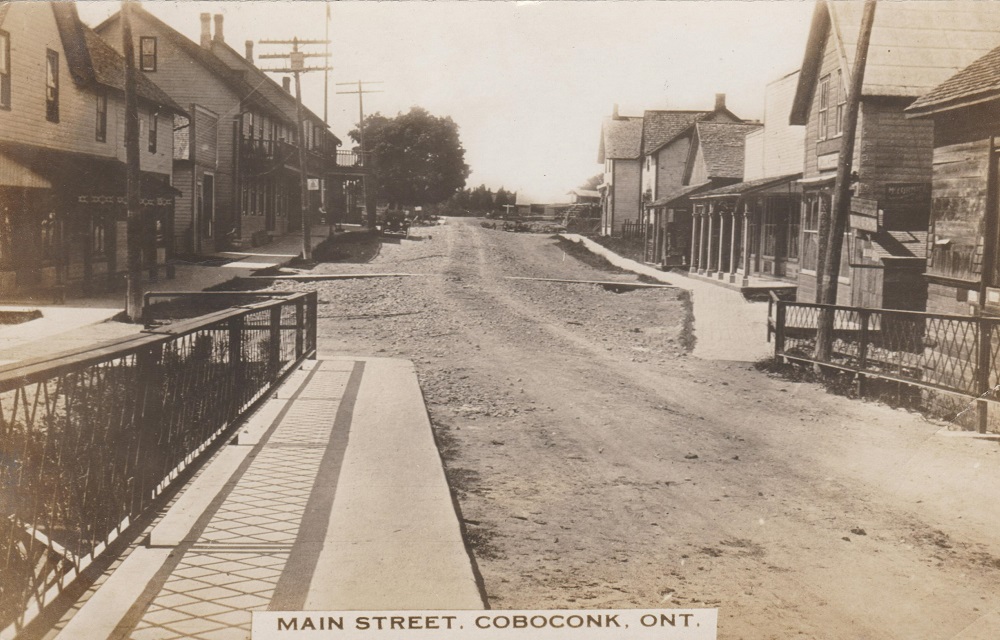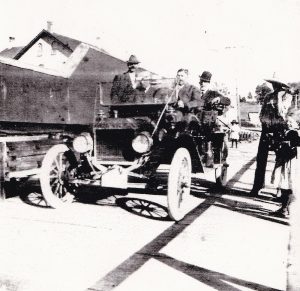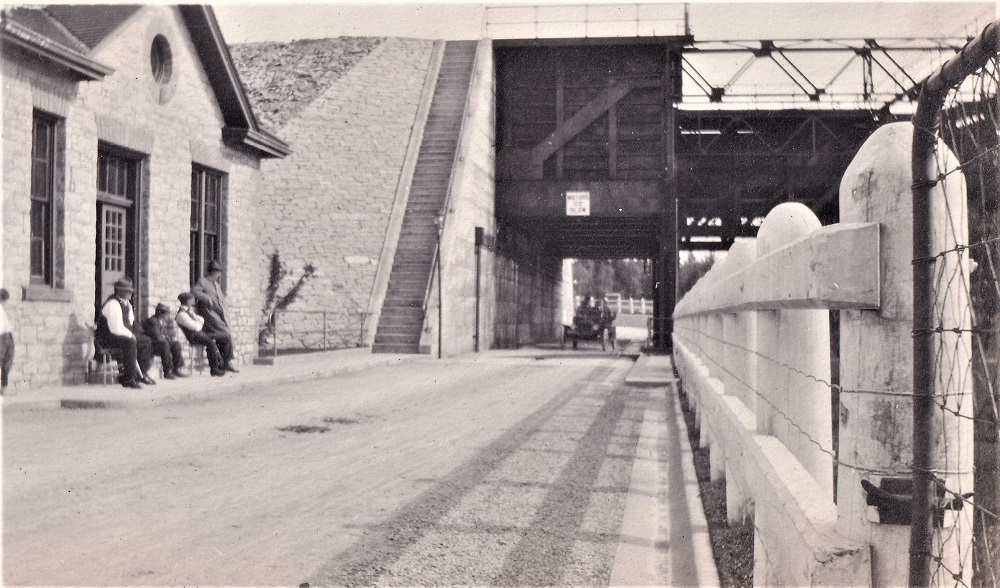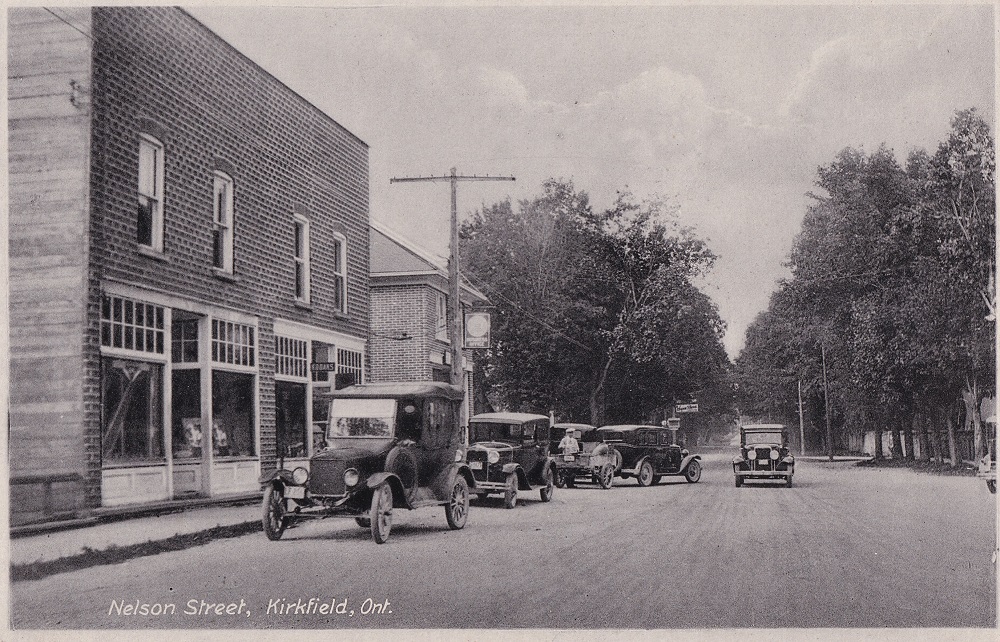The Car Comes to Kawartha Lakes
Internal-combustion automobiles began to appear in northwestern Kawartha Lakes a few years after the turn of the twentieth century – often navigating less-than-ideal roads to reach their destinations.
Among the first cars to cruise through the village of Kirkfield were those owned by William Mackenzie, a local resident who had made his fortune in railway building. In 1908, the Mackenzie family replaced their three year-old 30 horsepower Daimler with an 80 horsepower model from the same manufacturer. The Lindsay Weekly Free Press praised the Daimler “as the finest automobile used in the world, and is exclusively used by the crowned heads, dukes and princes.”
Early cars were expensive, and few could afford them. They became status symbols, reflecting the privileged place their owners had in society. “To the south was a great stretch of pastoral land black with vehicles ranging from aristocratic automobiles to the humblest farmer’s rig,” reported the Weekly Free Press on July 12, 1907 in its coverage of the Kirkfield lift lock’s grand opening. Cars, the Weekly Free Press implied, were out of reach to all but those occupying Canada’s upper class.
All of this changed when Henry Ford (1863-1947) introduced his Model “T” in 1908. The “Tin Lizzie,” as it was sometimes called, was affordable enough for anyone to buy and they soon began appearing throughout northwestern Kawartha Lakes.
Canada’s growing automotive industry touched Kawartha Lakes in many ways.
The J.A. Fitzsimmons Auto Body Company relocated to Lindsay in 1913 and soon occupied an 11,000 square-foot factory. James McQuarrie, who grew up on a farm south of Bolsover, gave up his career as a schoolteacher and joined the sales force of the Russell Motor Car Co., eventually travelling across the country to set up dealerships. Entrepreneurs built garages throughout northwestern Kawartha Lakes to serve budding motorists.
Although the car made a significant impact on the local economy, it was not without controversy. The cars scared horses and, if driven dangerously, were a threat to public safety. Bylaws were drawn up to ensure that motorists could harmoniously coexist with pedestrians and horses.
Still, there could be no question that the car was transforming life for the residents of northwestern Kawartha Lakes. Tourism would never be the same again.
Automobiles are very numerous on our highways at present. The farmers have no love for these dust-raisers and say things about them that we won’t repeat.
– Lindsay Watchman Warder June 9, 1910, Pg. 10





